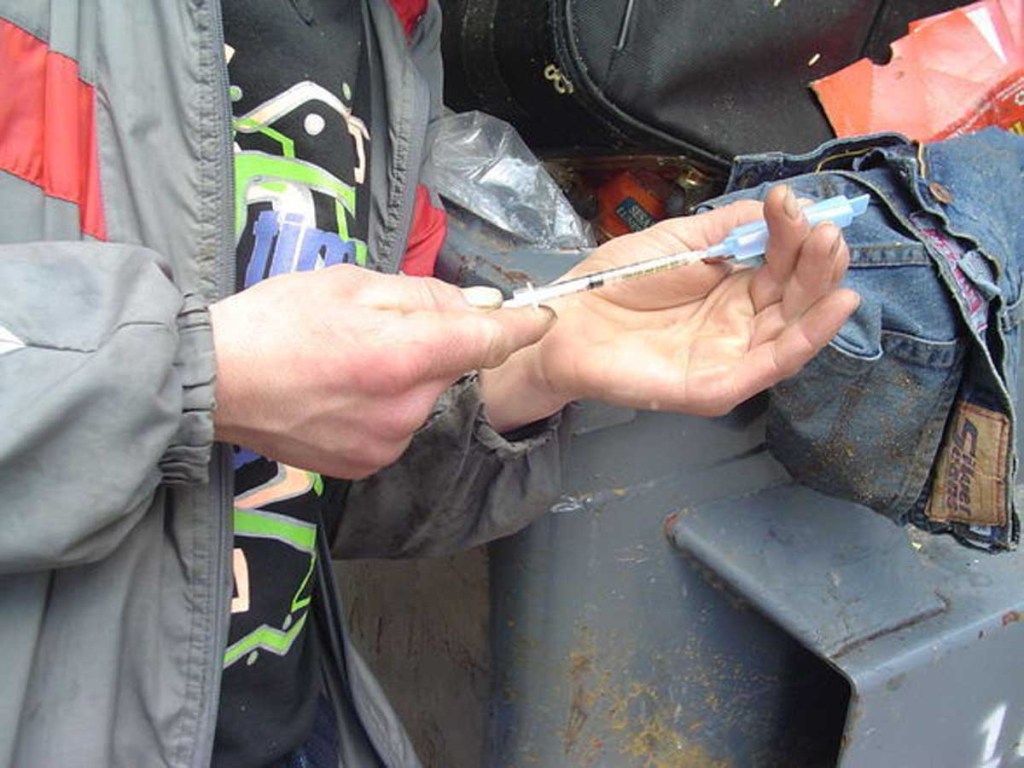Despite stigma, majority of heroin users still use needles
Published 12:50 pm Monday, August 17, 2015

- Despite stigma, injecting heroin is still prevalent
HAVERHILL, Mass. — Opiate addicts are getting younger and younger, but that doesn’t mean the social stigma attached with shooting up will stop them from doing so, regardless of the risks.
Reports of an HIV epidemic linked to sharing dirty needles in Indiana flooded the media in the spring. On March 26, Indiana Gov. Mike Pence declared a public emergency when at least 81 addicts were newly infected in the southern part of the state, where normally about five cases of HIV are reported annually.
The patients “are really just the canary in the coal mine,” Indiana State Health Commissioner Jerome Adams said at the time. “There’s drug use and IV drug use in the state of Indiana and all over the country.”
That’s true in the Merrimack Valley and Southern New Hampshire, too. And while addicts may start out swallowing, snorting, smoking or even eating opioids, they will eventually turn to the needle for a more intense high and quicker relief from withdrawal symptoms.
“Addicts still mostly inject it. I’d say 85 out of every 100 people,” said Christina Mazzone, a nursing assistant in the Merrimack Valley area of Massachusetts who now runs the non-profit Haverhill Against Heroin, an outreach organization that operates a 24-hour hotline for the city’s residents seeking help with addiction.
Mazzone said that heroin’s effect on the body is much more powerful if it’s injected directly into the bloodstream, as opposed to if it’s snorted.
“People are snorting it, yes, but it’s like a painkiller. There’s only so long that it will last,” she said. “Injection is still the main way people are using.”
Mazzone said in one recent week, she received 11 calls for infected abscesses on the arms of people who had been injecting. She said the hotline receives well over 10 calls a day from people seeking help getting to hospital emergency rooms and finding beds at nearby treatment facilities.
A ‘euphoric’ high
Christina Rossi, Spectrum’s program director in Haverhill, a suburb of Boston near the New Hampshire border, said among the hundreds of opiate users the facility has seen since opening, most have progressed to shooting up.
“The vast majority of clients are intravenous users who start by crushing painkillers, which progresses to nasal use of heroin until they start injecting,” she said. “Heroin isn’t as strong when snorted.”
Rossi said addicts have described to her the feeling of shooting up as “euphoric,” but that it doesn’t last long once one builds a tolerance.
“It varies based on the purity. And the withdrawal symptoms are so intense that a lot of our clients say they don’t even enjoy it anymore. They’re just using so they don’t get sick,” she said.
Drug counselors and social workers on the front lines in Haverhill also say that injection is still the most common method of use.
Dr. Leewood Lane, chief of emergency medicine at the Holy Family hospitals in Haverhill and Methuen, said patients who shoot up have the most serious overdoses.
“We believe the heroin being distributed is stronger and being cut with other substances, but we are not seeing a move away from intravenous use,” he said. “Some are overdosing from snorting, but our most severe overdoses are the result of intravenous abuse.”
Spectrum CEO Chuck Faris has worked with substance abusers for more than 40 years and said that the demographic shift toward a whiter, more educated addict is a phenomenon that has occurred within the last 10 to 12 years. Intravenous use has remained a constant, however. And, he said, once young adults begin shooting up, they never return to snorting.
“They start out snorting, but once they see someone shoot up, it loses that taboo,” Faris said.
Peter Francis writes for The North Andover, (Mass.) Eagle-Tribune.




